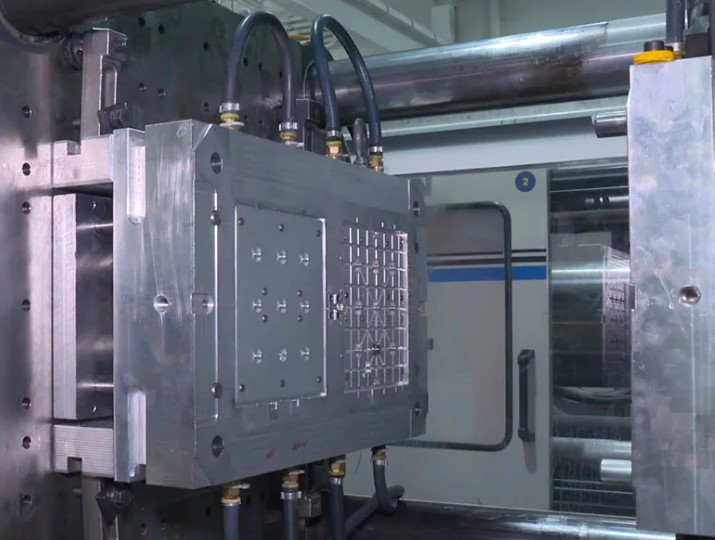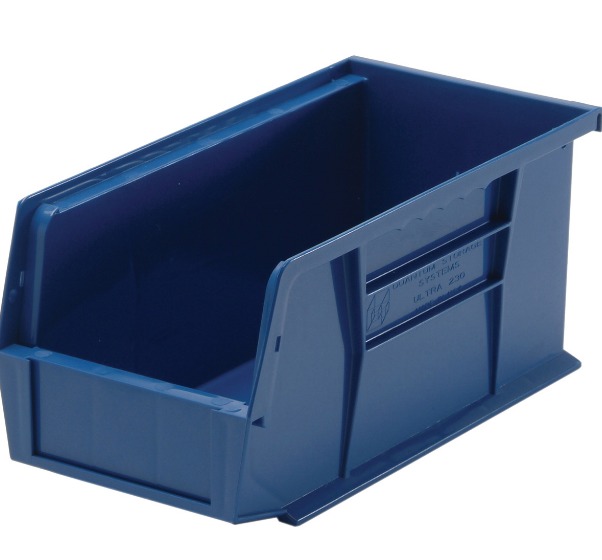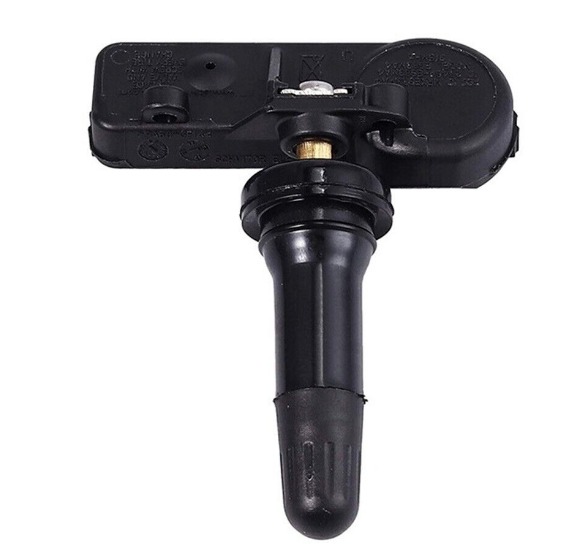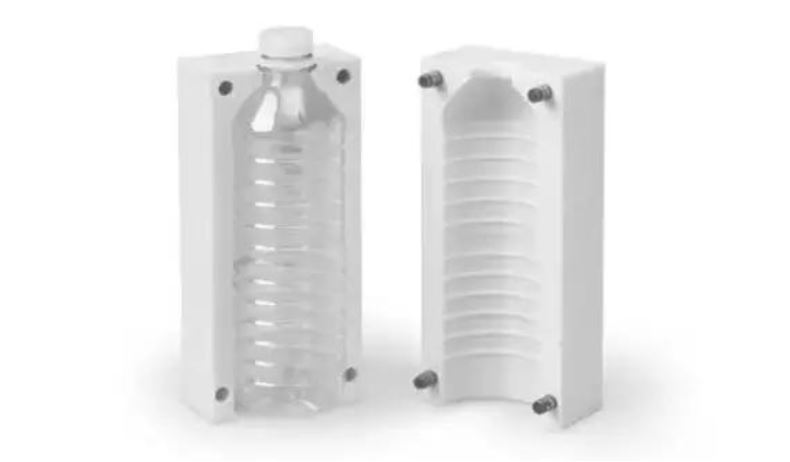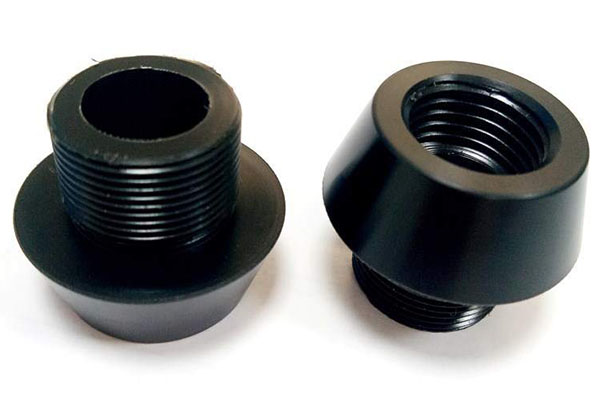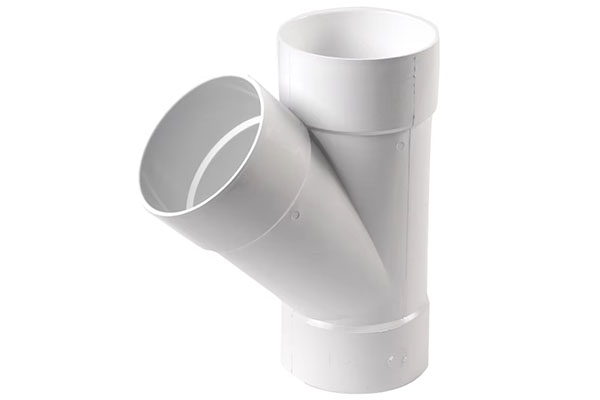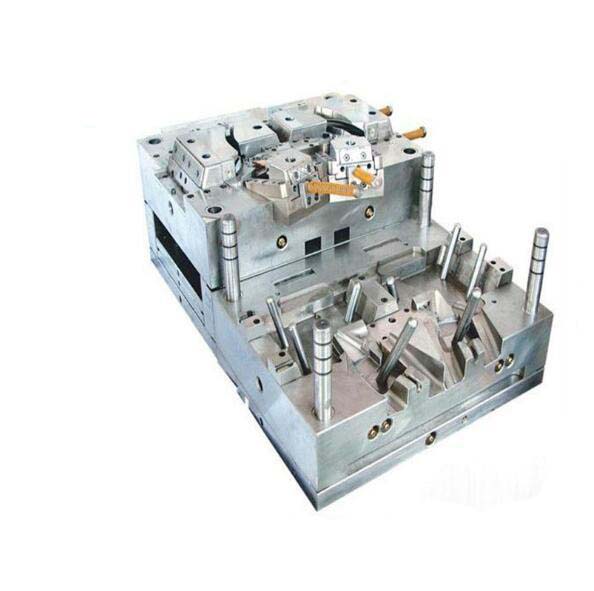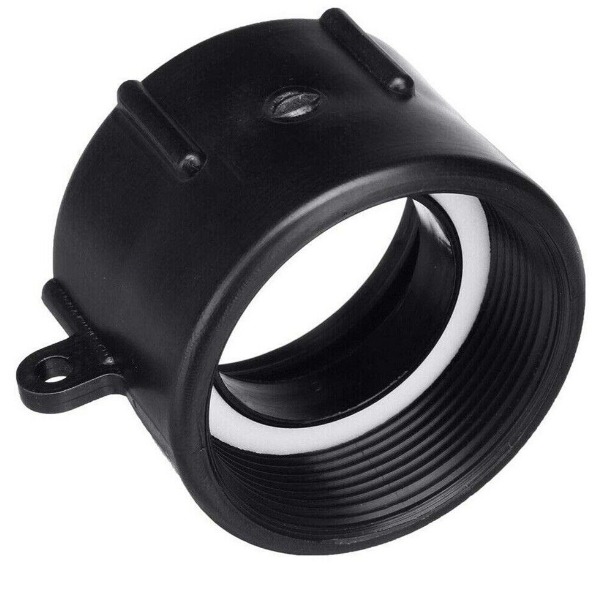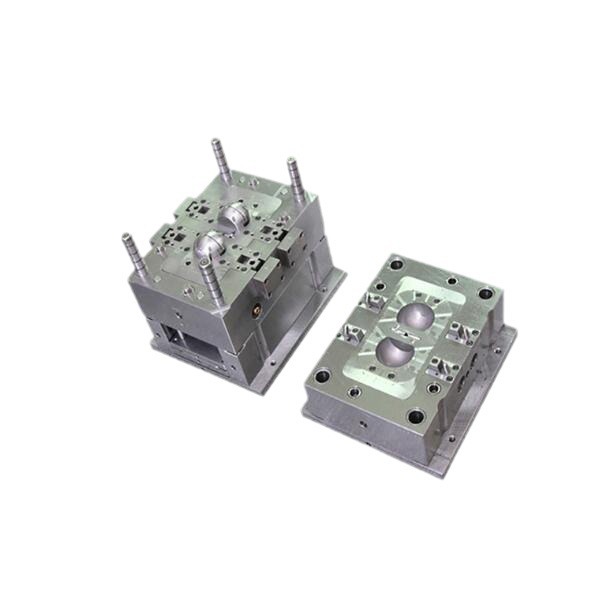What is High-Tech Injection Molding?
High - tech injection molding is an advanced manufacturing process that represents a significant evolution from traditional injection molding. At its core, injection molding involves injecting molten material, typically plastic, into a mold cavity where it cools and solidifies to take the shape of the mold. However, high - tech injection molding takes this basic concept to the next level by integrating advanced technologies and state - of - the - art equipment.
Advanced Technologies Involved
- Precision Control Systems: High - tech injection molding machines are equipped with sophisticated computer - controlled systems. These systems can precisely regulate parameters such as temperature, pressure, and injection speed. For example, the temperature of the molten plastic can be maintained within a very narrow range, often within ±1°C. This level of precision ensures consistent product quality, as even small temperature fluctuations can affect the material's viscosity and ultimately the final product's dimensions and mechanical properties.
- Advanced Materials Handling: In high - tech injection molding, there is an increased focus on handling a wider variety of materials. This includes engineering plastics with unique properties, such as high - temperature resistance, high strength - to - weight ratios, and chemical resistance. Some advanced injection molding processes can even handle multi - material injection, where two or more different plastics are combined in a single part. For instance, in the production of some automotive interior components, a soft - touch plastic can be overmolded onto a rigid structural plastic, providing both comfort and durability.
State - of - the - Art Equipment
- High - Speed Injection Units: Modern high - tech injection molding machines feature high - speed injection units. These units can inject the molten plastic into the mold cavity at much faster rates compared to traditional machines. For example, some high - end machines can achieve injection speeds of up to 1000 mm/s. Faster injection speeds not only increase production efficiency by reducing the cycle time but also allow for the production of parts with complex geometries. In the production of small, intricate electronic components, high - speed injection ensures that the plastic fills all the fine details of the mold accurately.
- Advanced Mold Technologies: The molds used in high - tech injection molding are also more advanced. They often incorporate features such as conformal cooling channels. These channels are designed to follow the shape of the part being molded, providing more uniform cooling. As a result, the cooling time can be reduced by up to 30 - 50% compared to traditional cooling methods. This not only speeds up the production process but also helps to minimize part warping and improve dimensional accuracy.
In summary, high - tech injection molding is a game - changer in the manufacturing industry. By leveraging advanced technologies and equipment, it offers enhanced production efficiency, superior product quality, and the ability to work with a wider range of materials and part designs compared to traditional injection molding.
How High-Tech Injection Molding Works
High - tech injection molding is a complex yet highly efficient process that consists of several key steps. Each step is crucial and requires precise control to ensure the production of high - quality parts.
Step 1: Material Preparation
The process begins with the selection of the appropriate plastic material. This could range from standard thermoplastics like polyethylene (PE) and polypropylene (PP) to more advanced engineering plastics such as polycarbonate (PC) and acrylonitrile butadiene styrene (ABS). The plastic material is usually in the form of granules or powder and is loaded into a hopper. From the hopper, it enters the barrel of the injection molding machine. Inside the barrel, the plastic is heated by electric heating bands. The temperature is carefully adjusted according to the type of plastic. For example, PE typically melts at around 120 - 180°C, while PC may require temperatures as high as 280 - 320°C. As the plastic heats up, it gradually transitions from a solid to a molten, viscous state, ready for the next stage of the process.
Step 2: Injection
Once the plastic is fully molten, it's time for injection. A screw - like mechanism inside the barrel, known as the injection screw, rotates to push the molten plastic forward. The molten plastic is then forced, under high pressure, through a nozzle and into the mold cavity. The injection pressure can vary significantly depending on factors such as the complexity of the mold geometry, the type of plastic, and the desired part quality. In high - tech injection molding, pressures can reach up to 200 - 300 MPa (megapascals). The injection speed also plays a critical role. A faster injection speed can help fill the mold cavity more quickly, reducing the cycle time. However, if the speed is too high, it can cause issues like air entrapment, short - shots (where the plastic doesn't fully fill the mold), or excessive shear stress on the plastic, which can affect its mechanical properties. For parts with thin walls or complex details, a high - speed injection may be necessary to ensure proper filling, while for larger and more straightforward parts, a more moderate speed can be sufficient.
Step 3: Cooling and Solidification
After the mold cavity is filled with molten plastic, the cooling process begins. This is a crucial stage as it determines how quickly the plastic solidifies and takes the shape of the mold. The mold is typically equipped with a cooling system, which often consists of channels through which a coolant, usually water or a water - glycol mixture, circulates. The temperature of the coolant and the flow rate are carefully controlled. If the cooling is too fast, the plastic may solidify unevenly, leading to internal stresses and part warping. On the other hand, if the cooling is too slow, it will increase the overall cycle time and reduce production efficiency. For example, in the production of a small plastic gear, the cooling time might be around 10 - 20 seconds, while for a larger automotive component, it could be several minutes. The goal is to cool the plastic to a temperature below its melting point, allowing it to solidify into a stable, rigid part.
Step 4: Ejection and Post - processing
Once the plastic has cooled and solidified, the mold is opened. Ejector pins, which are small rods located within the mold, push the 成型部件 out of the mold cavity. Sometimes, the part may have small bits of excess plastic, known as flash, around the edges. This flash needs to be removed, which can be done through processes like trimming or grinding. For parts that require a smooth surface finish, they may undergo additional post - processing steps such as sanding, polishing, or painting. In some cases, parts may also need to be assembled with other components. For example, a plastic housing for an electronic device may need to have buttons, circuit boards, and other parts installed after the injection molding process is complete. These post - processing steps are essential to transform the raw injection - molded part into a finished product that meets the required quality and functional standards.
Traditional vs High - Tech Injection Molding: A Comparison
When considering injection molding for your manufacturing needs, it's crucial to understand the differences between traditional and high - tech injection molding. The following comparison will help you make an informed decision based on precision, production speed, and cost.
Precision
- Traditional Injection Molding: In traditional injection molding, achieving extremely high precision can be challenging. The dimensional accuracy of parts is typically within a tolerance range of ±0.2 - ±0.5 mm. This is due to factors such as the relatively basic control systems in traditional machines, which may not be able to maintain consistent temperatures, pressures, and injection speeds throughout the process. As a result, the surface quality of the molded parts may also be affected, with potential issues like visible flow lines, surface roughness, and uneven texture. For example, in the production of small plastic gears with traditional injection molding, the teeth of the gears may not have perfectly uniform dimensions, which can lead to noisy operation and reduced efficiency when the gears are in use.
- High - Tech Injection Molding: High - tech injection molding offers a significant leap in precision. Thanks to advanced computer - controlled systems, the dimensional accuracy can be maintained within a much narrower tolerance range, often as low as ±0.01 - ±0.05 mm. The precise regulation of temperature, pressure, and injection speed ensures that the molten plastic fills the mold cavity evenly and solidifies uniformly. This results in parts with excellent surface quality, free from visible flow lines and with a smooth, consistent texture. In the manufacturing of optical components such as plastic lenses, high - tech injection molding can produce lenses with the high - level precision required for clear vision, with minimal distortion and consistent optical properties across the surface.
Production Speed
- Traditional Injection Molding: The production cycle time for traditional injection molding machines is relatively long. On average, for a medium - sized part, the cycle time can range from 30 - 60 seconds. This includes the time for plastic melting, injection, cooling, and ejection. As a result, the production output is limited. For example, a traditional injection molding machine might be able to produce 60 - 120 parts per hour, depending on the complexity of the part.
- High - Tech Injection Molding: High - tech injection molding machines are designed for high - speed production. The cycle time can be reduced significantly, often to 10 - 30 seconds for a similar medium - sized part. This is achieved through features like high - speed injection units and advanced cooling systems. The high - speed injection allows for faster filling of the mold cavity, while the advanced cooling systems, such as conformal cooling channels, enable quicker and more uniform cooling. As a result, the production output can be increased substantially. A high - tech injection molding machine can produce 120 - 360 parts per hour, making it much more suitable for high - volume production requirements.
Cost
- Traditional Injection Molding:
- Equipment Cost: Traditional injection molding machines are generally less expensive to purchase initially. A basic traditional machine might cost anywhere from \(50,000 - \)150,000. However, they may require more frequent maintenance and have a shorter lifespan.
- Material Cost: Since traditional injection molding may have higher defect rates due to lower precision, more material is often wasted. For example, if the defect rate is 5 - 10%, a significant amount of plastic material is being used to produce non - usable parts.
- Labor Cost: Traditional machines may require more operator attention, especially during the setup and quality control phases. This can lead to higher labor costs, as more personnel are needed to ensure the production process runs smoothly.
- High - Tech Injection Molding:
- Equipment Cost: High - tech injection molding machines are more expensive upfront, with prices ranging from \(150,000 - \)500,000 or more, depending on the level of sophistication. However, they offer better long - term value.
- Material Cost: The high precision of high - tech injection molding results in lower defect rates, often less than 1 - 2%. This means less material is wasted, which can lead to significant cost savings over time, especially for large - scale production.
- Labor Cost: These machines are highly automated, reducing the need for constant operator supervision. Once set up correctly, they can run for long periods with minimal human intervention, thus lowering labor costs in the long run. Overall, while the initial investment in high - tech injection molding is higher, the long - term cost - effectiveness, in terms of reduced material waste and labor requirements, makes it an attractive option for many manufacturers.
Yigu Technology's View
As a non - standard plastic metal products custom supplier, Yigu Technology highly values high - tech injection molding. High - tech injection molding enables us to meet the complex design requirements of our customers. For example, when dealing with products that have intricate internal structures or unique surface details, the advanced precision control systems in high - tech injection molding ensure that every detail of the design is accurately replicated in the final product.
Product quality is a top priority for us, and high - tech injection molding plays a crucial role in this aspect. The precise control of temperature, pressure, and injection speed, along with advanced mold technologies like conformal cooling channels, significantly reduces the occurrence of defects such as warping, shrinkage, and uneven surfaces. This results in products with high dimensional accuracy and excellent surface quality, meeting and even exceeding industry standards.
In terms of production efficiency, high - tech injection molding is a game - changer. The high - speed injection units and efficient cooling systems allow us to shorten the production cycle time. We can produce a large number of high - quality products in a shorter period, which is essential for meeting tight deadlines and high - volume production demands in today's competitive market. In short, high - tech injection molding is an indispensable technology for Yigu Technology to provide high - quality non - standard plastic metal products.
FAQs about Injection Molding
What types of materials can be used in injection molding?
Common materials for injection molding include:
- ABS (Acrylonitrile Butadiene Styrene): It combines the strength of acrylonitrile, the toughness of butadiene, and the processability of styrene. ABS has good impact resistance, dimensional stability, and is easy to color. It is widely used in automotive parts, electronics housings (such as laptop and TV casings), and toys.
- PP (Polypropylene): PP is a semi - crystalline thermoplastic with high strength - to - weight ratio, good chemical resistance, and heat resistance. It can withstand temperatures up to around 130 - 150°C. It is often used in food containers, automotive interior components, and disposable medical products.
- PE (Polyethylene): There are different types like LDPE (Low - Density Polyethylene) and HDPE (High - Density Polyethylene). LDPE is soft and flexible, suitable for making plastic bags, films, and some soft - touch products. HDPE is more rigid and is used in applications such as pipes, plastic bottles, and large - scale containers.
How can I ensure the quality of injection - molded products?
To ensure the quality of injection - molded products:
- Material Selection: Choose high - quality materials from reliable suppliers. Check the material's physical properties, such as melt flow rate, density, and heat resistance, to ensure they meet your product requirements. For example, if making a heat - resistant product, select a material with a high melting point like PPS (Polyphenylene Sulfide).
- Mold Design: A well - designed mold is crucial. It should have proper venting to prevent air entrapment, and the cooling channels should be designed to ensure uniform cooling. The mold's surface finish also affects the product's surface quality. Use advanced mold - making techniques to achieve high - precision molds.
- Process Parameter Control: Precise control of temperature, pressure, and injection speed is essential. For instance, maintaining a stable melt temperature within a narrow range can prevent material degradation and ensure consistent part quality. Adjust the injection pressure according to the complexity of the mold and the material's viscosity.
- Quality Detection: Implement a comprehensive quality - control system. Use techniques like dimensional inspection with precision measuring tools (such as coordinate measuring machines) to check the product's dimensions, and visual inspection to detect surface defects like scratches, cracks, or discoloration.
What are the common defects in injection molding and how to solve them?
Common defects and their solutions are as follows:
- Shrinkage: This occurs when the plastic shrinks unevenly during cooling. To solve it, adjust the cooling time and temperature to ensure uniform cooling. You can also increase the injection pressure slightly to compensate for the shrinkage.
- Air Voids: Air trapped inside the part can cause voids. Improve mold venting by adding vent holes or using vented inserts. Slowing down the injection speed can also help the air escape more easily.
- Flash: Flash is the excess plastic that seeps out between the mold halves. Check and adjust the clamping force of the injection molding machine to ensure the mold closes tightly. Inspect the mold for any damage or wear that could cause gaps and repair or replace the mold parts if necessary.
